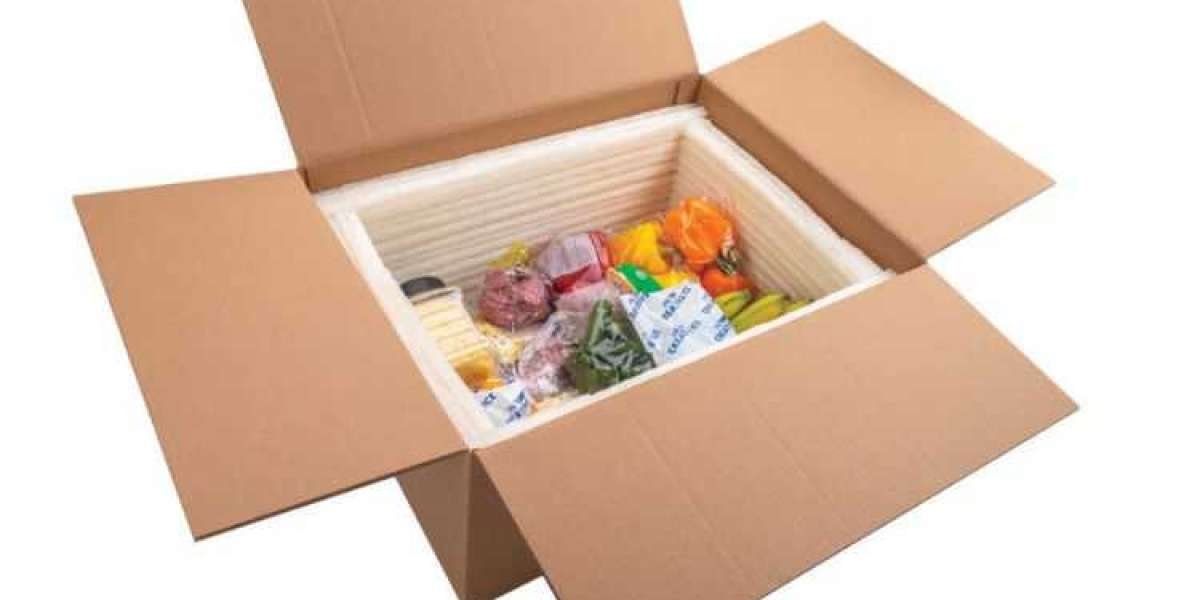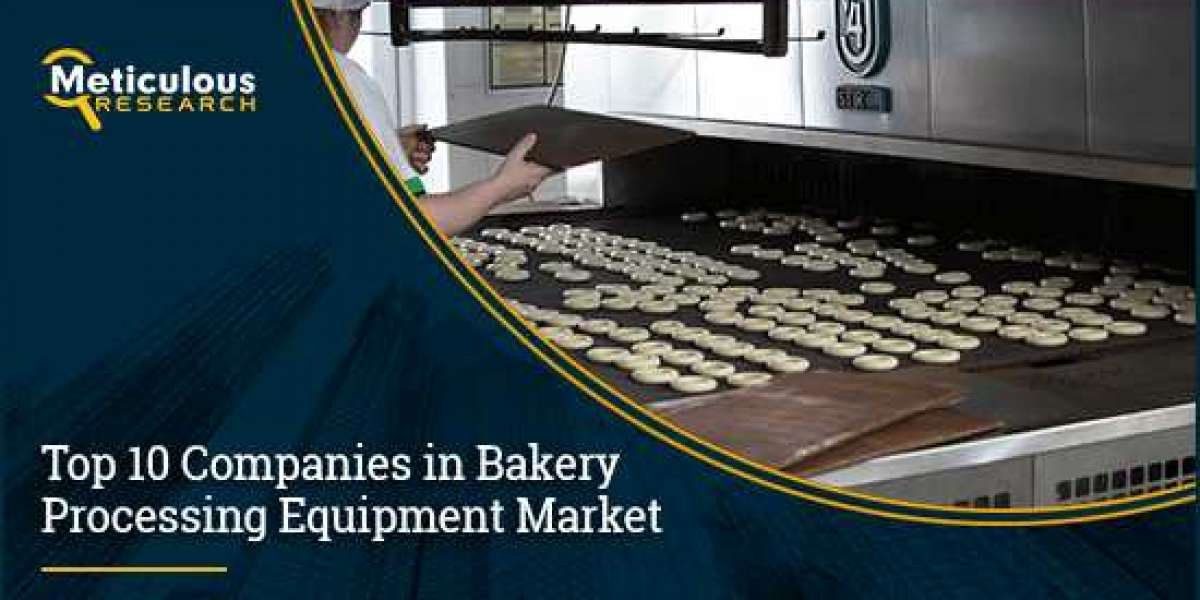The global cold chain packaging market size is expected to grow at a CAGR of 13.8% during the period 2024-2032. The market is expected to be driven by increasing demand for cold chain goods such as medicines, vaccines, dairy, meat, fruits and vegetables, poultry, vaccines, biopharmaceuticals, etc. North America, Europe and Asia Pacific are expected to be key markets. However, the growth of the cold chain packaging industry also poses significant environmental challenges, as most of the packaging materials used are non-biodegradable, non-recyclable and non-renewable. These materials contribute to the accumulation of waste, greenhouse gas emissions and depletion of natural resources. Therefore, there is an urgent need for sustainable cold chain packaging solutions that can reduce the environmental impact and meet the consumer demand for eco-friendly products. In this blog post, we will explore the role of sustainable materials in cold chain packaging solutions, the benefits and challenges of adopting them, and some case studies of successful implementation.
Current Landscape of Cold Chain Packaging
Cold chain packaging is the process of preserving and transporting temperature-sensitive products from the point of origin to the point of consumption, while maintaining the required temperature range and quality. Cold chain packaging is essential for various industries, such as pharmaceutical, food and beverage, chemical, agricultural, etc. According to a report by Research and Markets, the global cold chain packaging market was valued at USD 18.8 billion in 2020 and is projected to reach USD 46.6 billion by 2032.
The most commonly used materials in cold chain packaging are polystyrene (PS), polyurethane (PU), expanded polystyrene (EPS), extruded polystyrene (XPS), polyethylene terephthalate (PET), polypropylene (PP), polyvinyl chloride (PVC), etc. These materials are chosen for their thermal insulation, shock absorption, lightweight, low cost and durability. However, these materials also have several drawbacks, such as:
- They are derived from fossil fuels, which are non-renewable and contribute to climate change.
- They are difficult to recycle, as they require special facilities and processes, and often end up in landfills or incinerators.
- They are non-biodegradable, which means they persist in the environment for a long time and pose a threat to wildlife and marine life.
- They contain harmful chemicals, such as flame retardants, plasticizers, colorants, etc., which can leach into the products or the environment and cause health risks.
The Need for Sustainable Cold Chain Packaging
The environmental concerns associated with traditional packaging materials have led to increased regulatory pressures and consumer demand for sustainable packaging solutions. Some of the drivers for sustainable cold chain packaging are:
- Environmental regulations: Many countries and regions have implemented or are planning to implement regulations to reduce the use of single-use plastics, ban certain materials, impose taxes or fees on packaging waste, mandate recycling or composting, etc. For example, the European Union has adopted the Single-Use Plastics Directive, which aims to reduce the consumption of certain plastic products, such as food containers, cutlery, cups, etc., and increase the collection and recycling of plastic bottles. The directive also requires that by 2030, all plastic packaging placed on the EU market must be reusable or recyclable.
- Consumer awareness: Consumers are becoming more aware of the environmental impact of their purchasing decisions and are seeking products that are eco-friendly, ethical and socially responsible. According to a survey by IBM and the National Retail Federation, 77% of consumers say that sustainability is important to them, and 57% are willing to change their shopping habits to reduce environmental impact. Consumers are also looking for labels and certifications that indicate the sustainability of the products and packaging, such as the Forest Stewardship Council (FSC), the Sustainable Packaging Coalition (SPC), the Cradle to Cradle (C2C), etc.
- Brand reputation: Companies are recognizing the importance of sustainability as a competitive advantage and a way to enhance their brand reputation and customer loyalty. According to a report by Nielsen, 66% of consumers are willing to pay more for products from brands that are committed to positive social and environmental impact. Companies are also facing pressure from investors, stakeholders, NGOs and media to disclose their sustainability performance and goals. Therefore, adopting sustainable packaging solutions can help companies demonstrate their corporate social responsibility and differentiate themselves from their competitors.
Sustainable Materials for Cold Chain Packaging
Sustainable materials are those that have a lower environmental impact than conventional materials, either by being biodegradable, compostable, recyclable or renewable. Some of the sustainable materials that can be used for cold chain packaging are:
- Biodegradable and compostable materials: These are materials that can be broken down by microorganisms into natural substances, such as water, carbon dioxide and biomass, under certain conditions. Biodegradable and compostable materials can help reduce the amount of waste that goes to landfills or incinerators and can also provide nutrients to the soil. Some examples of biodegradable and compostable materials for cold chain packaging are paper, cardboard, cellulose, starch, PLA, PHA, etc. These materials can be used to make boxes, trays, films, bags, etc.
- Recycled materials: These are materials that have been recovered from waste streams and processed into new products. Recycled materials can help conserve natural resources, reduce energy consumption and greenhouse gas emissions, and divert waste from landfills or incinerators. Some examples of recycled materials for cold chain packaging are recycled paper, cardboard, PET, PP, etc. These materials can be used to make boxes, trays, films, bags, etc.
- Renewable materials: These are materials that are derived from natural sources that can be replenished within a short time frame, such as plants, animals or microorganisms. Renewable materials can help reduce the dependence on fossil fuels, which are non-renewable and contribute to climate change. Some examples of renewable materials for cold chain packaging are wood, bamboo, cork, wool, cotton, silk, etc. These materials can be used to make boxes, trays, films, bags, etc.
Benefits and Challenges of Sustainable Cold Chain Packaging
Sustainable cold chain packaging can offer several benefits, such as:
- Environmental benefits: Sustainable cold chain packaging can help reduce the environmental impact of packaging by minimizing the use of non-renewable resources, reducing the amount of waste generated, lowering the greenhouse gas emissions, and preventing the pollution of soil and water. According to a study by the Ellen MacArthur Foundation, replacing just 20% of plastic packaging with paper-based packaging could reduce greenhouse gas emissions by 45% and fossil fuel consumption by 36%.
- Economic benefits: Sustainable cold chain packaging can also help save costs and increase revenues for companies. By using recycled or renewable materials, companies can reduce their raw material costs and dependence on volatile markets. By using biodegradable or compostable materials, companies can reduce their waste disposal costs and fees. By adopting sustainable packaging solutions, companies can also attract more customers, enhance their brand reputation, and gain a competitive edge in the market.
Future Outlook and Recommendations
The future outlook for sustainable cold chain packaging is promising, as the market is expected to grow due to the increasing demand for cold chain goods, the rising awareness of environmental issues, and the evolving regulations and consumer preferences. According to a report by Future Market Insights, the global sustainable cold chain packaging market is expected to grow at a CAGR of 9.5% during the period 2020-2030.
However, to realize the full potential of sustainable cold chain packaging, some recommendations are:
- Research and innovation: More research and innovation are needed to develop new or improved sustainable materials that can meet the performance and functionality requirements of cold chain packaging, while reducing the environmental impact and cost. For example, nanotechnology, biotechnology, biomimicry, etc., can be used to create novel or enhanced sustainable materials.
- Collaboration and standardization: More collaboration and standardization are needed to create a harmonized and transparent framework for sustainable packaging, that can facilitate the market access and acceptance of sustainable cold chain packaging solutions. For example, stakeholders from the industry, academia, government, NGOs, etc., can work together to establish common definitions, criteria, labels, certifications, etc., for sustainable packaging.














